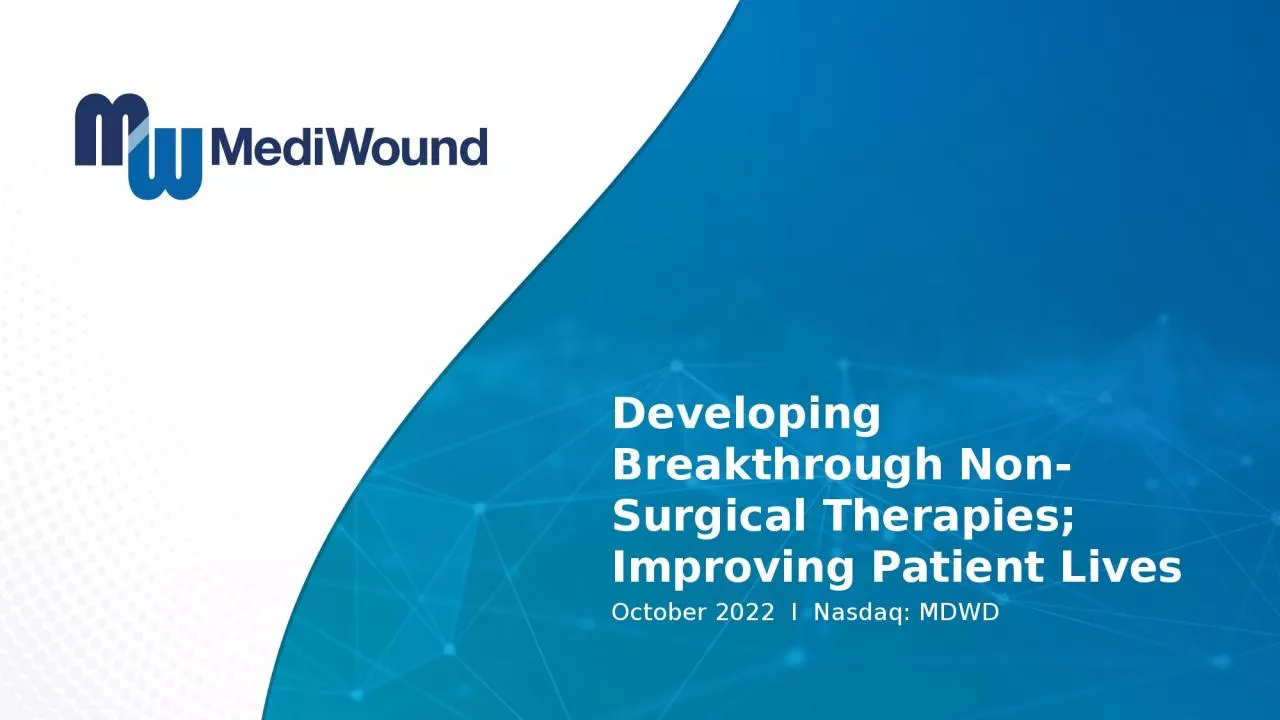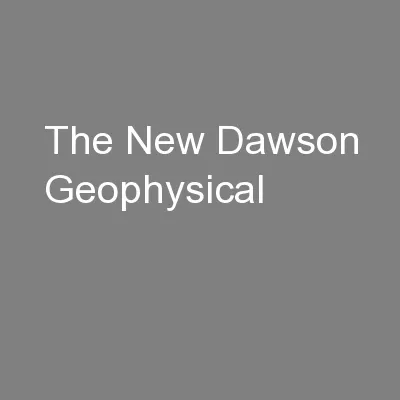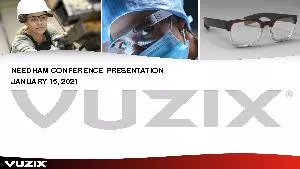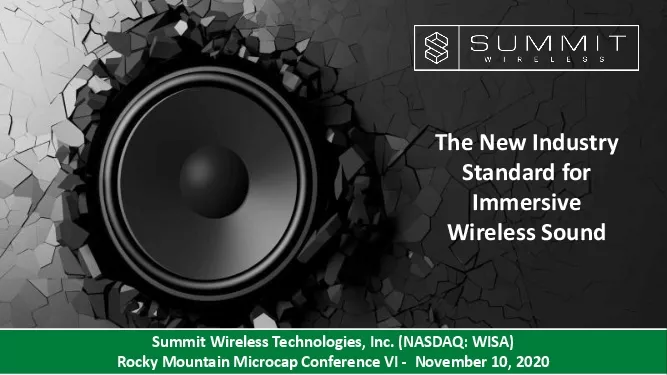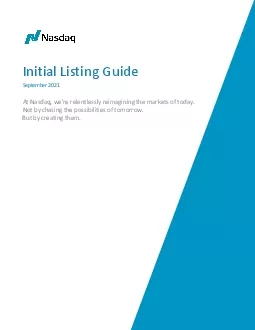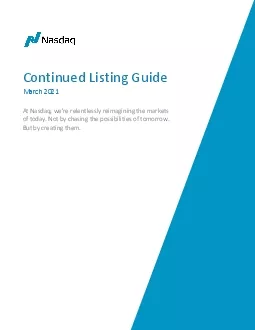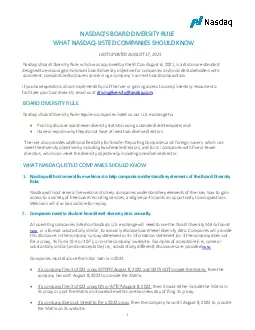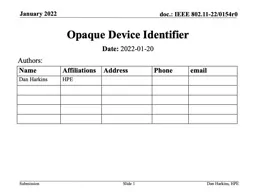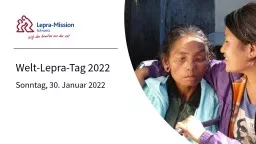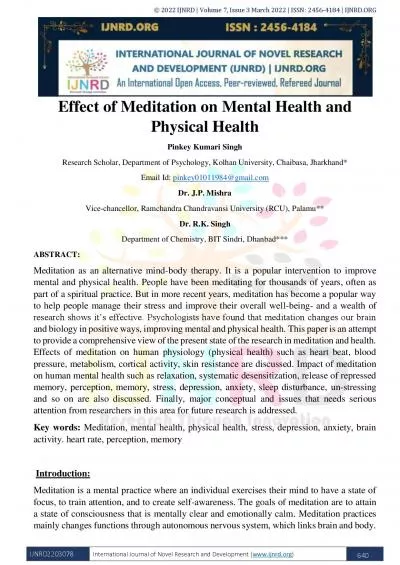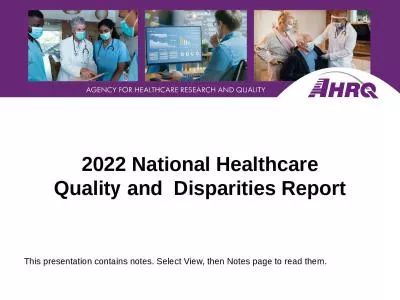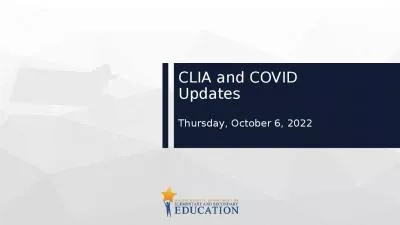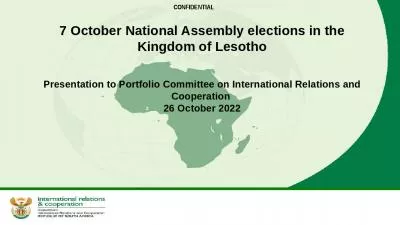PPT-October 2022 I Nasdaq: MDWD
Author : ruby | Published Date : 2024-01-03
Developing Breakthrough NonSurgical Therapies Improving Patient Lives 2 Cautionary Note Regarding ForwardLooking Statements MediWound cautions you that all statements
Presentation Embed Code
Download Presentation
Download Presentation The PPT/PDF document "October 2022 I Nasdaq: MDWD" is the property of its rightful owner. Permission is granted to download and print the materials on this website for personal, non-commercial use only, and to display it on your personal computer provided you do not modify the materials and that you retain all copyright notices contained in the materials. By downloading content from our website, you accept the terms of this agreement.
October 2022 I Nasdaq: MDWD: Transcript
Download Rules Of Document
"October 2022 I Nasdaq: MDWD"The content belongs to its owner. You may download and print it for personal use, without modification, and keep all copyright notices. By downloading, you agree to these terms.
Related Documents

